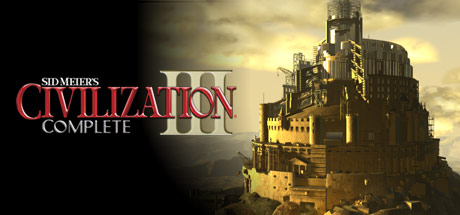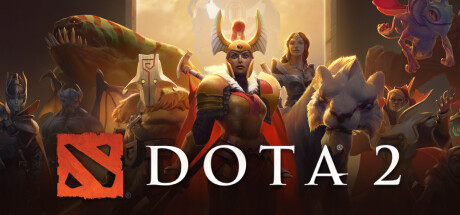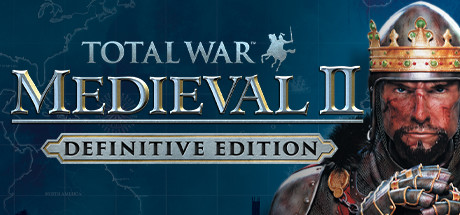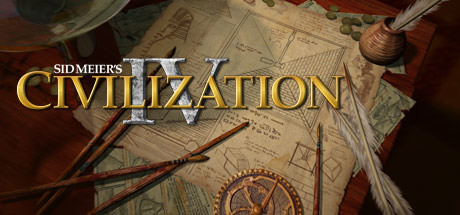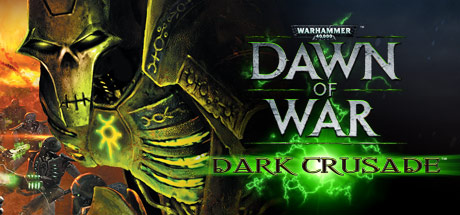Sid Meier's Civilization III: Complete, the latest offering in the Sid Meier's Civilization III franchise, provides gaming fans with Sid Meier's Civilization III, the highly-addictive journey of discovery.
7 231 Total Reviews
6 485 Positive Reviews
746 Negative Reviews
Very Positive Score
Sid Meier's Civilization® III Complete has garnered a total of 7 231 reviews, with 6 485 positive reviews and 746 negative reviews, resulting in a ‘Very Positive’ overall score.
Reviews Chart
Chart above illustrates the trend of feedback for Sid Meier's Civilization® III Complete over time, showcasing the dynamic changes in player opinions as new updates and features have been introduced. This visual representation helps to understand the game's reception and how it has evolved.
Recent Steam Reviews
This section displays the 10 most recent Steam reviews for the game, showcasing a mix of player experiences and sentiments. Each review summary includes the total playtime along with the number of thumbs-up and thumbs-down reactions, clearly indicating the community's feedback
Playtime:
17 minutes
I'm far too young for this...
Still respect the classics.
👍 : 0 |
😃 : 0
Positive
Playtime:
1283 minutes
Review of Sid Meier's Civilization III Complete
Sid Meier's Civilization III Complete, despite its esteemed reputation in the realm of turn-based strategy games, ultimately left me feeling underwhelmed due to several notable shortcomings. The game's allure lies in its rich historical context and the intricate strategic layers it offers, but detracting factors can drag the experience down, particularly for players seeking a more dynamic gameplay experience.
One of the most glaring issues is the limited options available for creating a random map game. In a genre that thrives on variety and unpredictability, it is disappointing to find such constraints in Civilizations III. The choices for map settings and configurations are often restrictive, leading to repeated gameplay scenarios that can quickly feel stale. This lack of customization feels particularly egregious when compared to more modern entries in the franchise, which offer a plethora of options for creating unique and varied gameplay experiences.
Additionally, the pace of the game can be excruciatingly slow. While I appreciate the depth of strategy required to plot out my civilization's growth, the sluggish nature of gameplay often renders the experience tedious rather than thrilling. Turns can drag on, especially in the later stages of the game, making it difficult to maintain engagement. A game that can take several hours to play, feels more like a chore than an exciting challenge. Given how many strategic possibilities exist, it is frustrating that the pacing can detract from what should be an exhilarating experience.
Perhaps one of the most restricting elements of Civilization III is the imposed historical timeline that starts with the Ancient Times. While this may be characteristic of the franchise, it can feel confining, as players are thrust into a slow buildup that limits immediate strategic decision-making. The requirement to navigate through various ages before reaching more advanced technologies can be disillusioning, especially for those who would prefer to dive into the meat of the gameplay without the protracted wait.
In conclusion, while Sid Meier’s Civilization III Complete has its merits and offers a deep foundation of strategy and lore, the restrictive options for random map games, the slow and often tedious pacing, and the limitation of starting in Ancient Times hinder the overall enjoyment. For players accustomed to the flexibility and speed of newer titles, returning to this classic may prove to be more of a lesson in patience than a rewarding strategy experience. Civilization III certainly has its fans, but it might leave others yearning for more expansive gameplay options that truly allow the heart of strategy to shine.
👍 : 0 |
😃 : 0
Negative
Playtime:
1661 minutes
A Timeless Classic That Still Shines Bright
At the dawn of the new millennium, games were a different experience. Back then, finding a truly good game felt rare — a hidden gem in a sea of mediocrity. Among the few that stood out were Civilization and Heroes of Might and Magic III. These titles didn’t just entertain; they left a mark. That’s why, even 25 years later, they’re considered timeless classics — still among the greatest games ever made.
With the release of a new Civilization and the upcoming Heroes: Olden Era, I can't help but feel a rush of nostalgia. This isn’t just about reliving childhood memories — it’s about appreciating games that respect your time and intelligence. Civilization has always required thought, strategy, and foresight — something that’s sadly missing from many modern titles.
Whether it’s Civilization III or any of the later entries, each one carries the same core values: joy, excitement, and the kind of immersive fun that makes hours feel like minutes. You really do start to understand Einstein’s theory of relativity when you're deep in a session, planning your next move, expanding your empire, and suddenly realizing the sun has set.
I wholeheartedly recommend Civilization — to both veterans and new players alike. It’s more than a game. It’s an experience.
👍 : 2 |
😃 : 0
Positive
Playtime:
40556 minutes
Лучшая стратегия всех времен и народов! Игра идеальна и продуманна, вариантов развития событий - бесконечное множество.. Играю в нее от момента выхода и по сей день, а это, на минуточку, 24 года чистой эйфории! На сегодняшний день есть множество модов исправляющих ошибки, упрощающих геймплей и облегчающих рутинные моменты. Плюс ко всему - в наличии весьма увлекательные сценарии от фанатов, так что крайне настоятельно рекомендую хотя бы ознакомится с этим произведением искусства! Удачи!
👍 : 2 |
😃 : 0
Positive
Playtime:
8523 minutes
old but ok. i like Alpha Centauri and CIV 2 more. Bring back CIV 2 and Test of Time!
👍 : 0 |
😃 : 0
Positive
Playtime:
335 minutes
It's very unique and so far, unmatchable.
👍 : 0 |
😃 : 0
Positive
Playtime:
947 minutes
A good strategy game, pretty easy to play, AI cheats even when you have set it to easiest play.
👍 : 0 |
😃 : 0
Positive
Playtime:
292 minutes
Its good for an old game, if you like the nostalgic games it is the one you want.
👍 : 1 |
😃 : 0
Positive
Playtime:
69 minutes
Used to play this with my dad as a kid so it has a soft spot in my heart but it doesn't hold up. Its not designed or ported to run properly on newer hardware and the resolution is fucked so I can't recommend it. If someone made an actual more functional port though id have to reconsider.
👍 : 8 |
😃 : 1
Negative
Playtime:
1580 minutes
Lots of details and opportunities to apply imagination. Great game for history enthusiasts, much more engaging and interactive than a lot of contemporary mobile-based "strategy" games.
👍 : 4 |
😃 : 0
Positive
